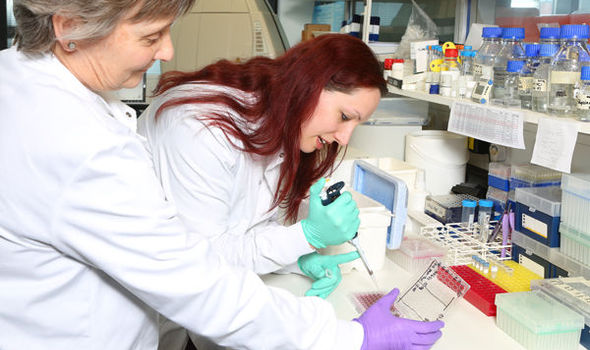Every day, different studies occur that help research scientists develop cures for diseases that currently plague the population. Without this research conducted, no cures would ever be found to rid the world of illness. Science is behind all aspects of health. Without it, no findings could ever be made regarding the nutrients our bodies need, the food that works best to heal us, and the medicine that takes away inflammation, arthritis, disease, and cancer.
Proper Storage of Samples
Scientists often start out their research by taking samples of unhealthy cells. If left out, these hazardous materials could cause damage to everyone nearby. Proper storage of all samples, waste, and materials needs to be utilized for safe research practices. Using a biological storage facility, such as Pacific BioStorage, ensures the right measures are taken to keep all specimens safely tucked away for their next use. There are also certain regulations that need to be met that facilities like this one understand and follow.

Relocating the Material
Not all studies stay in one laboratory. Some scientists begin the research only to have it to transported to another person who needs to continue the efforts. Some may still work on their findings, yet need a bigger space to accommodate all materials. Whatever the case may be, relocating these materials and samples needs to be done with caution so no biohazardous waste gets into the environment. Utilizing the transportation vehicles of a biological storage facility ensures this process gets done safely. Temperature-controlled options are available for samples that need to stay at a particular temperature to remain effective.
Clinical Trials
Many cures do not come on the market until a clinical trial has been conducted that provides further research analysis. A clinical trial allows doctors to see how the proposed treatments work on the ailments they are supposed to fix. Do patients experience side effects? Does the medicine work as intended? Are there ways in which the treatment needs to be altered for improved effectiveness? After so many studies, these questions get answered as best as possible.
Peer Review
After all phases of a trial have proven more successful than not, researchers and doctors are able to describe their findings in a peer-reviewed scientific journal. Experts in the field then carry out the research themselves to determine if it works in the same manner in which the original reporter stated. If it does, it just may become a new medical standard for treatment.
Proving the Method Safe and Effective
Treatments may have sound research backing them up, but not all methods are proven safe and effective for regular use. Some only have short-term results and do not seem to remain useful for extended periods. Peer reviewers take extra caution when determining if a proposed option is useful for long-term medical care. Once the method has been indicated a safe and effective option, it can then be published in an actual medical journal and disclosed to the world.
Making the Body Healthier
The importance of this research is high. Any treatments, methods, surgeries, and other options that experts come up with are bound to help make the body healthier. Take the liver, for example. There are significant benefits to improved liver function that the transplant made possible. Without researchers discovering how transplants work and whether they’d be effective, this would have never become a possibility.
Supporting medical research helps build the future of medicine. Without any of the scientists, doctors, and medical professionals who work on conducting their experimentations and coming up with results, no health issues would ever be eradicated. Putting money into medical research is one of the best investments anyone can make to help the health of themselves and all other people.










Comments are closed.